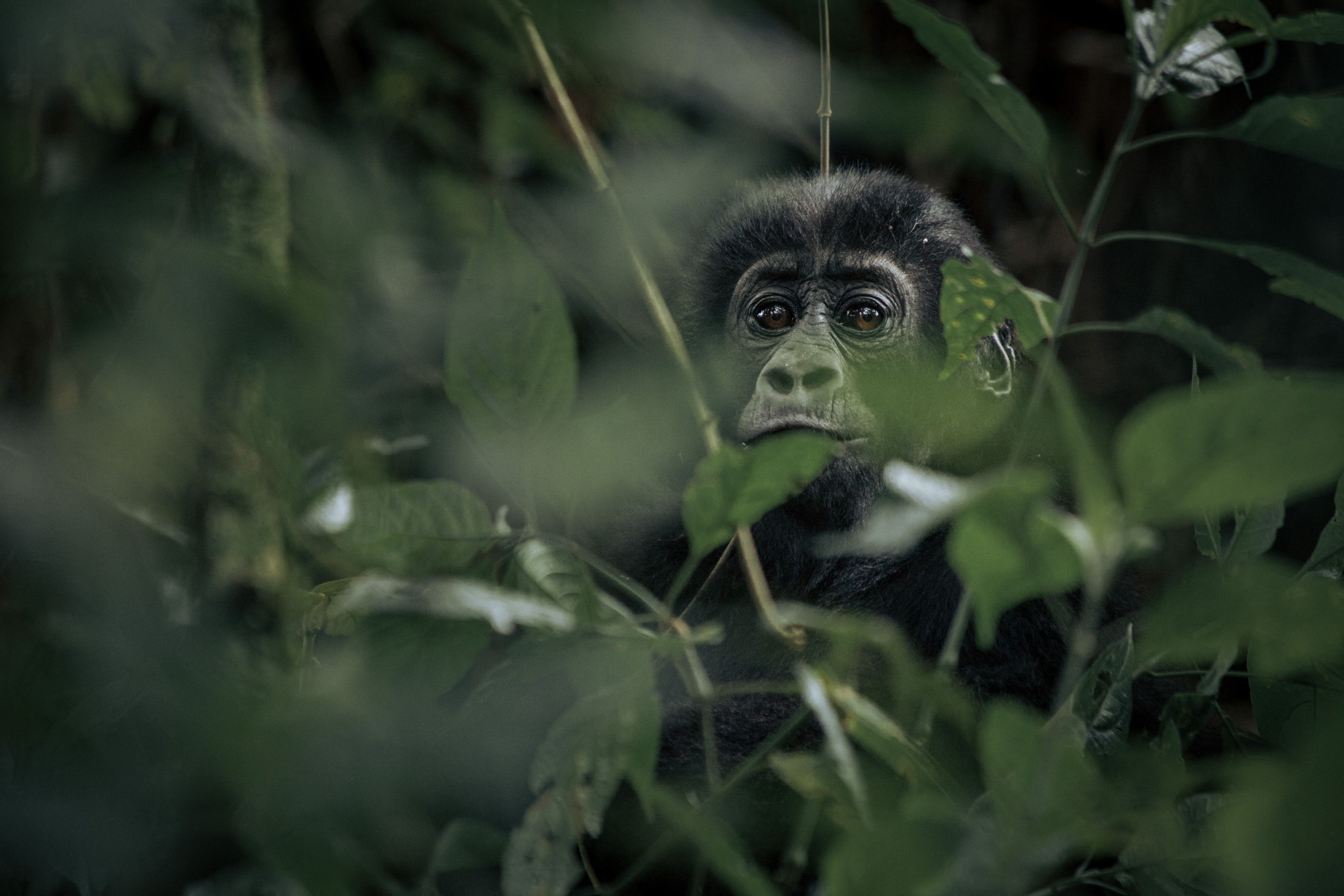Wildlife populations down by three-quarters since 1970

Populations of fish, birds, mammals, amphibians and reptiles have declined by an average of 73 per cent globally since 1970, according to a report by the World Wildlife Fund (WWF).
Nature is disappearing at a record pace, concludes the Living Planet Report 2024, WWF's biennial comprehensive study of global biodiversity and the health of nature. Between 1970 and 2020, the size of wild populations declined by an average of 73 per cent.
This conclusion is based on nearly 35,000 population trends for 5,495 species of amphibians, birds, fish, mammals and reptiles. Regionally, the greatest losses occurred in Latin America and the Caribbean (-95 percent). Freshwater species experienced the steepest declines, falling by as much as 85 per cent.
"It is shocking that the world will be permanently changed unless world leaders act quickly," said Ravic Nijbroek, science team leader at WWF Netherlands, in a press release.
Irreversible change
"The Living Planet Report clearly shows that we are on the brink of irreversible change. If we pass these tipping points, our food and energy systems will be completely disrupted and there will be no turning back," said Nijbroek.
It is not too late to save our living planet, but it will require sweeping changes, the WWF said. In addition to much greater efforts to conserve and restore nature, we must address the causes of destruction by drastically reforming our food, energy and financial systems.
WWF is calling on countries to develop and implement ambitious nature and climate plans. At the presentation of the Flemish coalition agreement in late September, WWF-Belgium denounced the limited ambitions. "Nature, our most important ally in many social challenges, is subordinated to other interests in the agreement," WWF-Belgium said at the time.
A baby Grauer's gorilla, a critically endangered species, plays in Kahuzi-Biega National Park in the Democratic Republic of Congo © PHOTO ALEXIS HUGUET / AFP